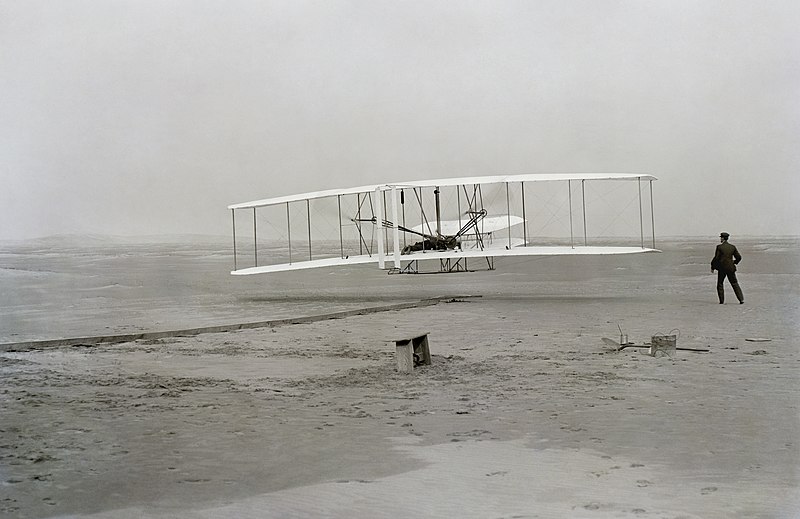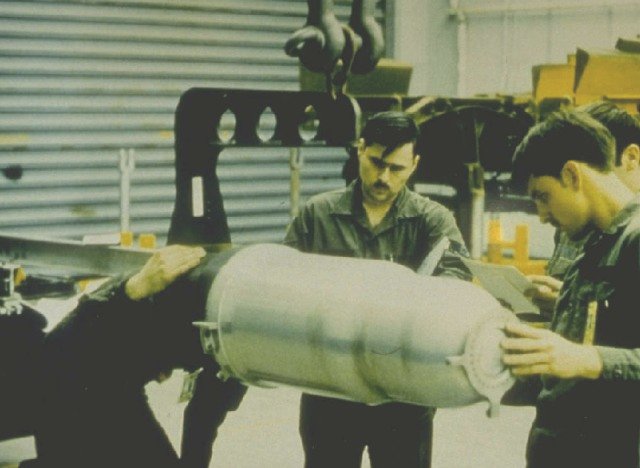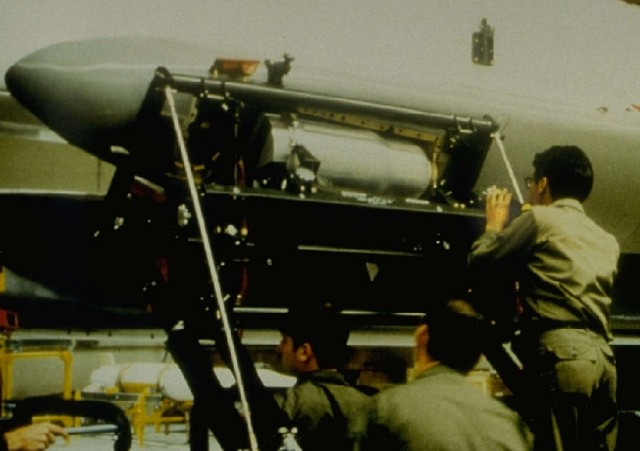The weather improved today so I went early to the airport. The engine heater was on, so it only took four shots of prime, six full rotations of the prop, and it started on the first throw.
I let it idle at 1000 RPM for three minutes, then reduced, pulled the tie-down and chocks, and folded myself in. It felt good to back in the cockpit, even though it has been less than a week!
A slow taxi to let the engine warm, then a full runup -- everything checked out. I taxied to the very end of 28, applied brakes, full power, release and in no time the tail was up and we were airborne -- gotta love these cold mornings!
I climbed out and remained in the pattern. Soon we're at 2000' -- rarely are we this high up this quickly. The engine is running strong, oil pressure is good, RPMs are good, and the prop and wing are biting into cold, dense air.
I flew north towards Ephrata, letting the engine stabilize at 80 MPH, 2450 RPM. I did a few steep turns, then headed back south. The air at 2000 was smooth, but there was a strong westerly flow. When I headed west towards Willow Street my airspeed indicated 80 MPH but I was probably making 45 MPH ground speed (judging by the cars on Long Lane pulling ahead of me).
Speed increases a bit as the CG moves aft with less fuel. Still not bad on 3.6 GPH for an airplane and engine built in 1940!
This is Amish Country -- miles and miles of well-tended farms. The winter wheat helps provide some color in an otherwise drab winter palette of greys and browns.
I practiced a couple of more steep turns -- cranking over about 60 degrees and watching the horizon go by. This is an honest airplane with very predictable manners. Just keep your feet active and you'll have no problem putting it exactly where you want it to go. A chandelle ended the air maneuvers and then some S-turns along Route 272 south of Lancaster. I flew back to Willow Street then tried to maintain a straight line along Long Lane westbound and needed about a 30 degree crab to hold position.
I checked the heat and the air was only marginally warmer than ambient. Oh well. My feet are starting to tell me it's time to head back.
I flew as far west as Millersville, then turned eastbound and zipped along in the strong tailwind. I tried descending but the air was very disturbed closer to the surface. The timer showed 50 minutes elapsed so it was time to return. I fought the headwinds a bit and entered the downwind for 28, extended a bit, then flew a nice steady powered descent to the grass. A smooth touchdown and I rolled up onto the taxiway and back to the hangar.
A nice morning to fly and a very nice end to flying in 2011!!
I let it idle at 1000 RPM for three minutes, then reduced, pulled the tie-down and chocks, and folded myself in. It felt good to back in the cockpit, even though it has been less than a week!
A slow taxi to let the engine warm, then a full runup -- everything checked out. I taxied to the very end of 28, applied brakes, full power, release and in no time the tail was up and we were airborne -- gotta love these cold mornings!
I climbed out and remained in the pattern. Soon we're at 2000' -- rarely are we this high up this quickly. The engine is running strong, oil pressure is good, RPMs are good, and the prop and wing are biting into cold, dense air.
I flew north towards Ephrata, letting the engine stabilize at 80 MPH, 2450 RPM. I did a few steep turns, then headed back south. The air at 2000 was smooth, but there was a strong westerly flow. When I headed west towards Willow Street my airspeed indicated 80 MPH but I was probably making 45 MPH ground speed (judging by the cars on Long Lane pulling ahead of me).
 |
| 82 MPH in level flight at 2450 RPM |
 |
| Looking northeast towards New Holland, PA |
 |
| Farmland east of Lancaster from 1500' |
I checked the heat and the air was only marginally warmer than ambient. Oh well. My feet are starting to tell me it's time to head back.
I flew as far west as Millersville, then turned eastbound and zipped along in the strong tailwind. I tried descending but the air was very disturbed closer to the surface. The timer showed 50 minutes elapsed so it was time to return. I fought the headwinds a bit and entered the downwind for 28, extended a bit, then flew a nice steady powered descent to the grass. A smooth touchdown and I rolled up onto the taxiway and back to the hangar.
A nice morning to fly and a very nice end to flying in 2011!!











